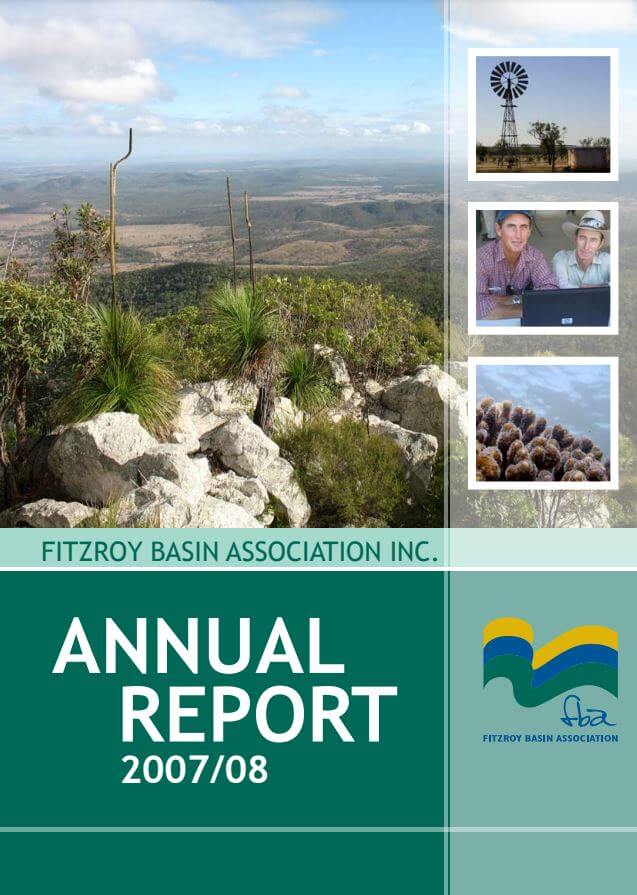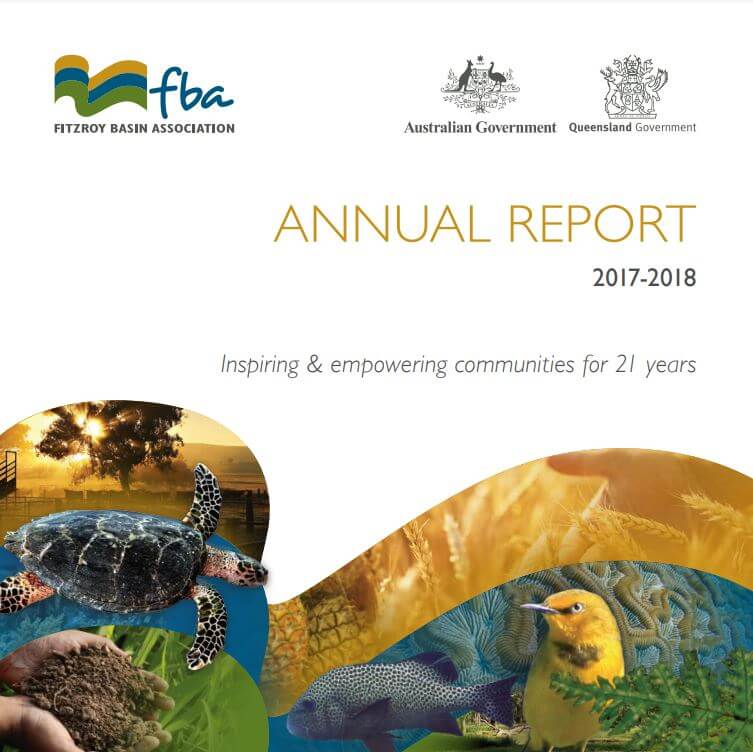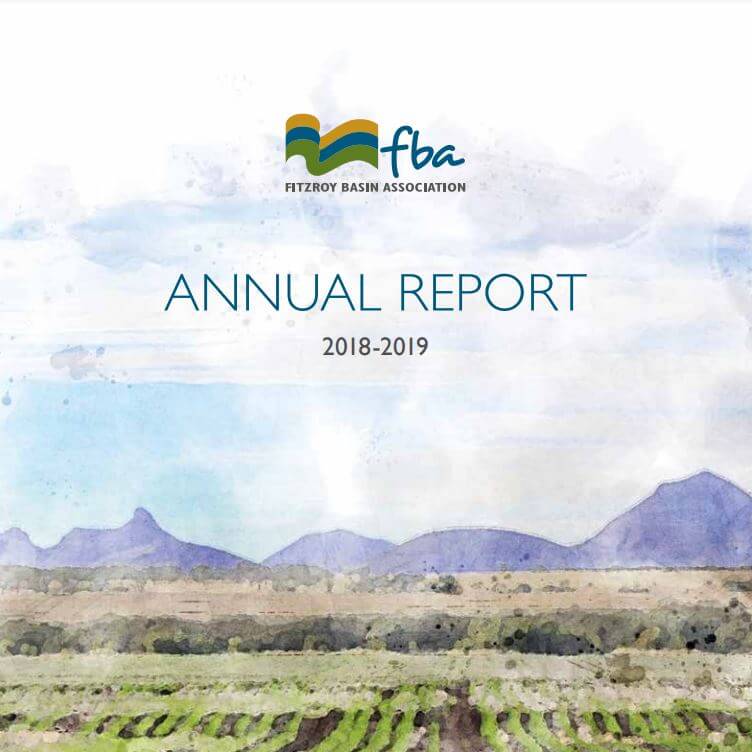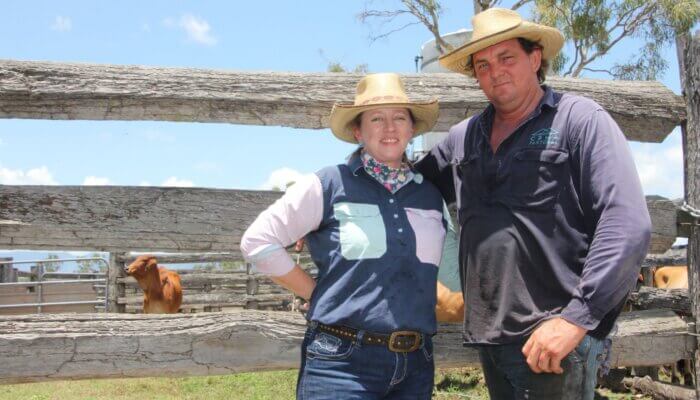Resources library - Community and Volunteers
Community and Volunteers Resources
Australia’s largest streambank stabilisation project
Project Snapshot - Fitzroy River at Yaamba
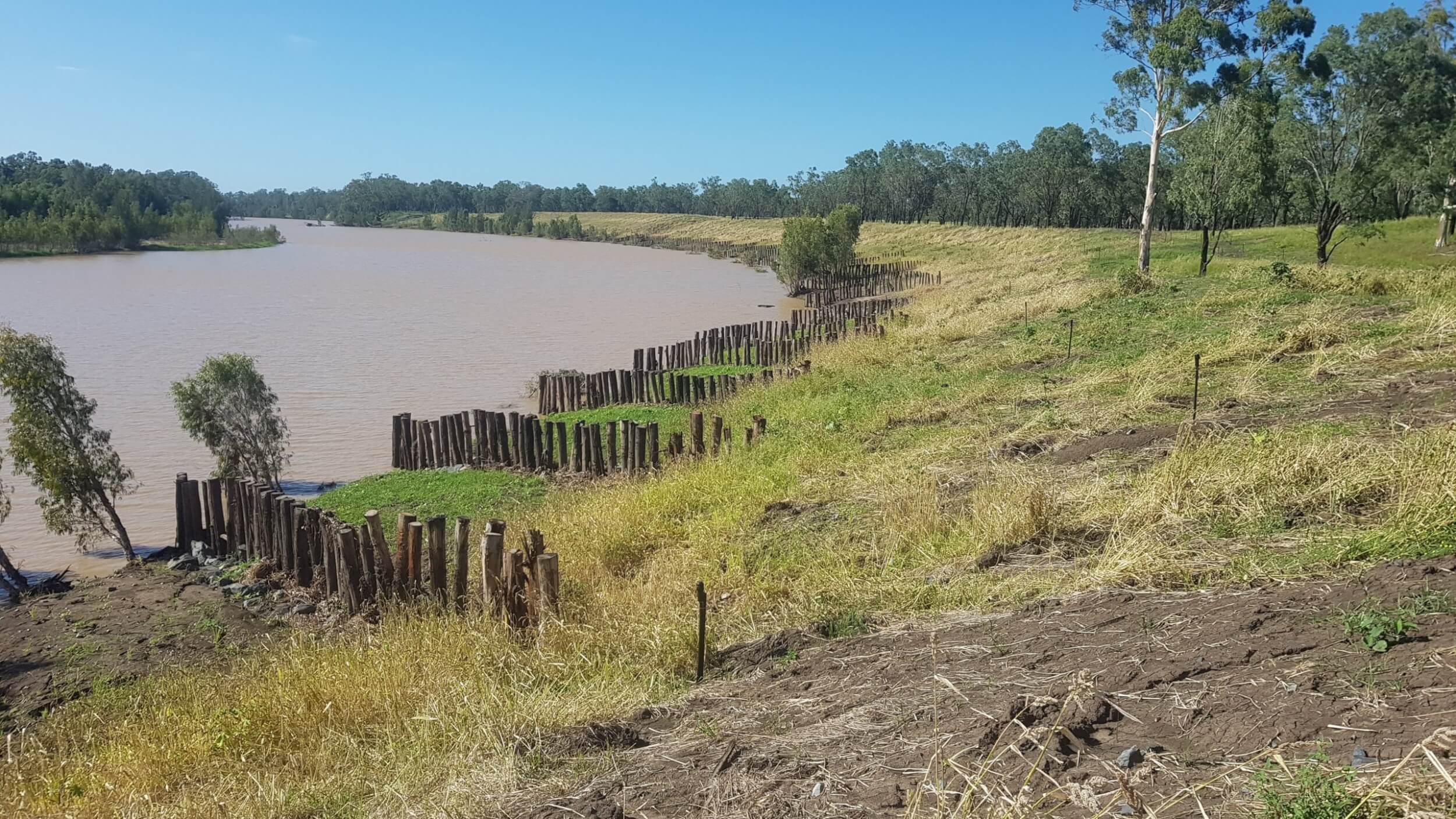
AIM - To stabilise 1.2km of the Fitzroy River which lost 266,000 tonnes of sediment (and 20 metres of bank) during and after Severe Tropical Cyclone Debbie in March 2017.
Take 3 for the Sea – Are there microplastics in our waterways?
Microplastics Monitoring Manual
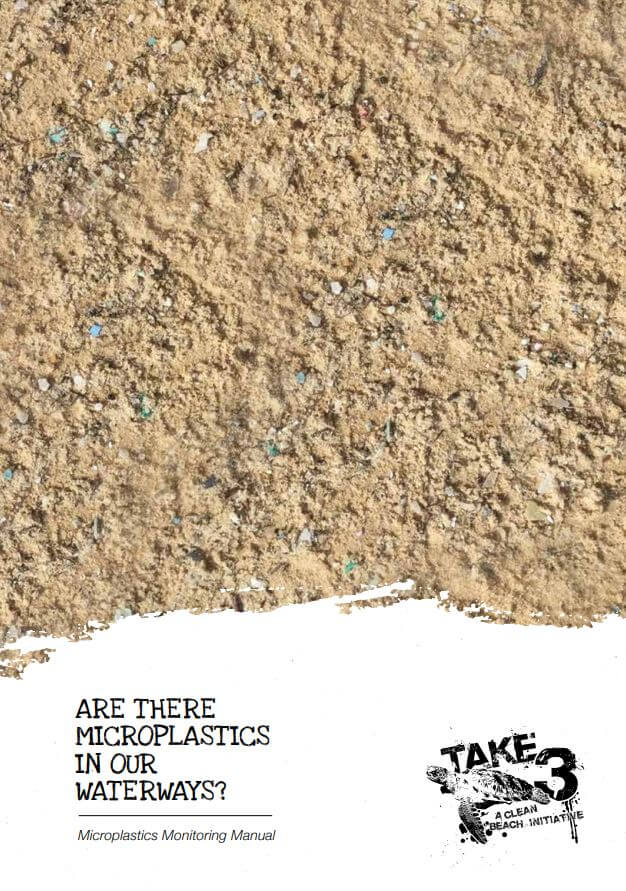
Become a part of a citizen science microplastic program that provides reliable microplastic data whilst educating and engaging communities.
Walking the Landscape Calliope Catchment Story
Calliope Catchment Story
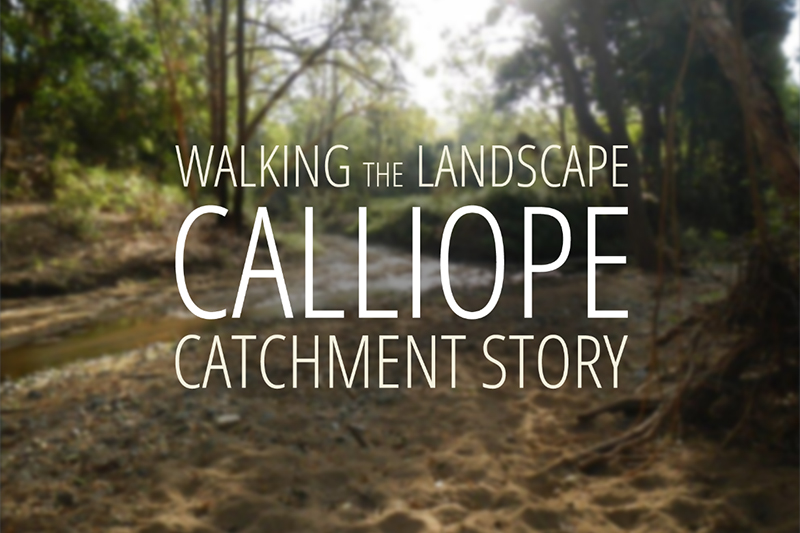
To effectively manage the catchment it is important to have a collective understanding of how the catchment works. This map journal gathers information from experts and other data sources to provide that understanding.
Protecting and enhancing high value fish habitats across central Queensland’s coast
Protecting and enhancing high value fish habitats across central Queensland’s coast
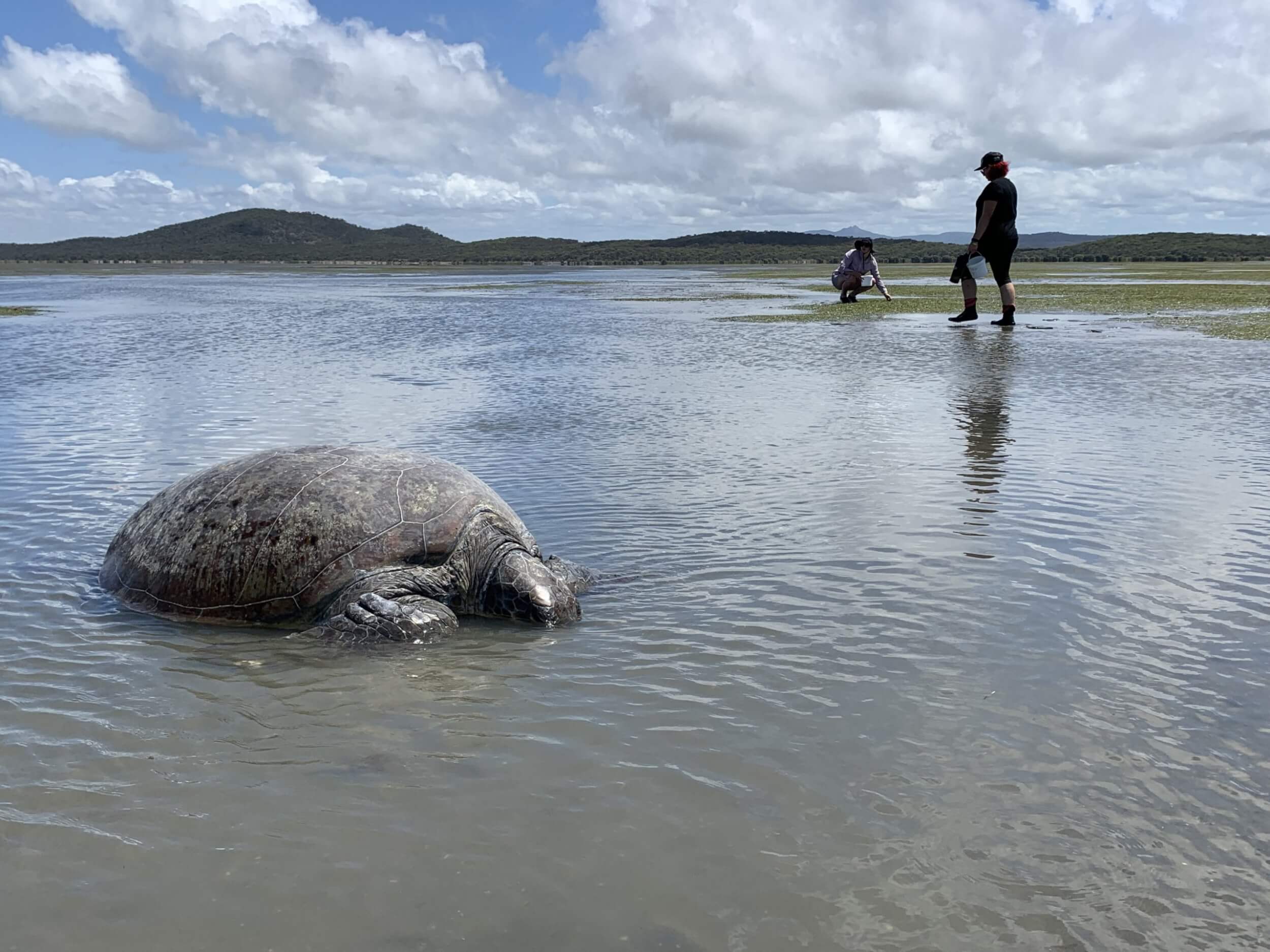
The ‘Protecting and enhancing high value fish habitats across central Queensland’s coast’ project worked to restore seagrass communities (critical fish habitat) that are declining due to habitat loss and destruction.
Walking the Landscape Lower Fitzroy Catchment Story
Lower Fitzroy River Catchment Story
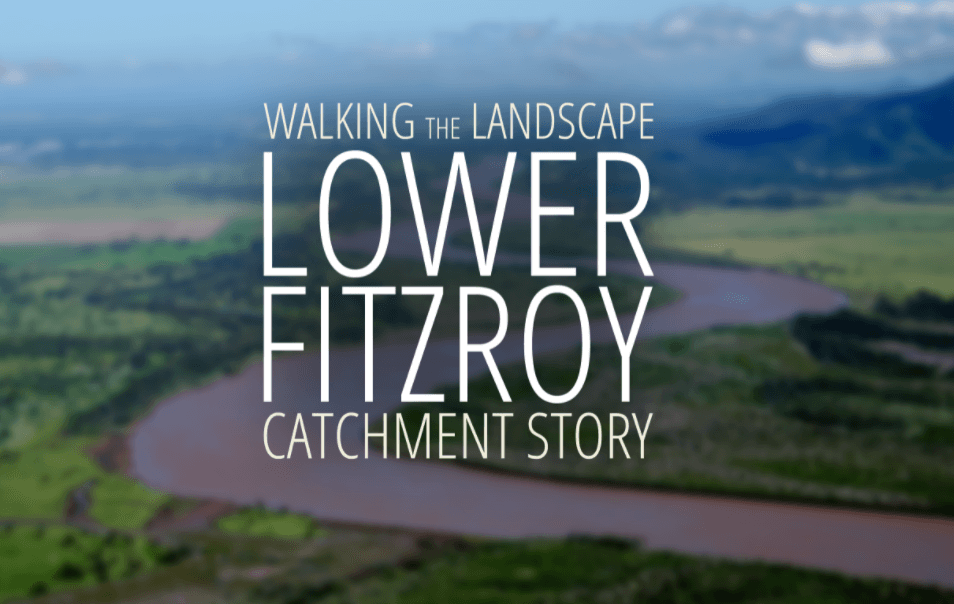
To effectively manage the catchment it is important to have a collective understanding of how the catchment works. This map journal gathers information from experts and other data sources to provide that understanding.
Cane toad challenge community grants Greening Australia
Cane toad challenge

The CQ Cane Toad challenge is a challenge for landholders and community members in Gladstone, Rockhampton and Yeppoon to go out and collect adult canetoads and tadpoles so that native species can thrive. 50 people have signed up for the program so far! This Greening Australia project is one of six successful community grants applications and is supported by Fitzroy Basin Association Inc. through funding from the Australian Government's National Landcare Programme and supports the research of UQ's Institute for Molecular Bioscience.





